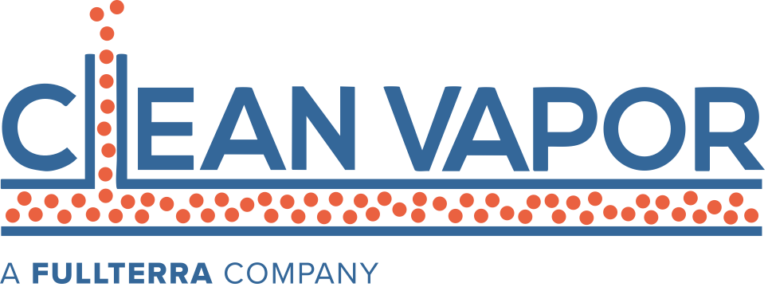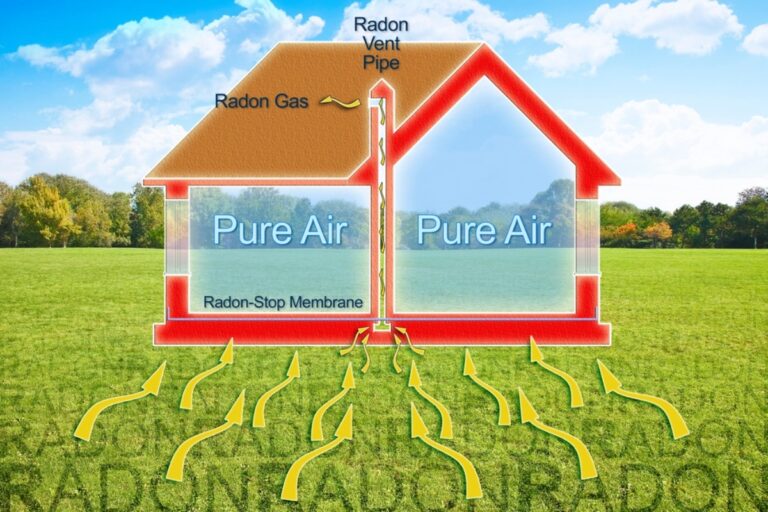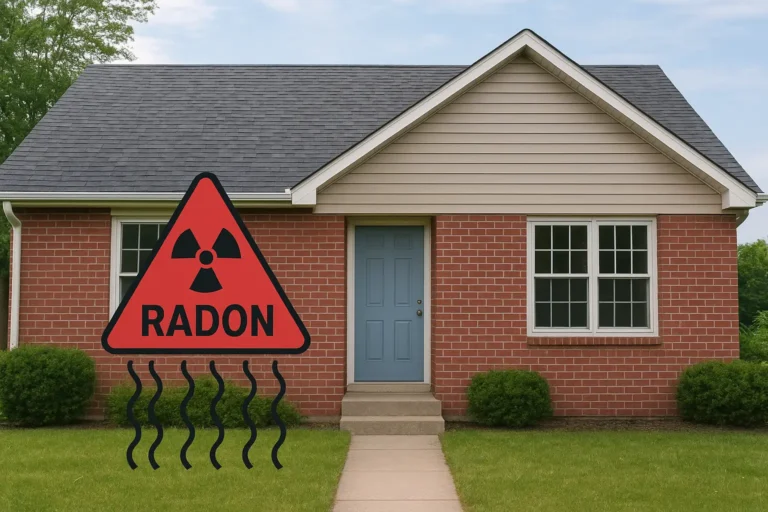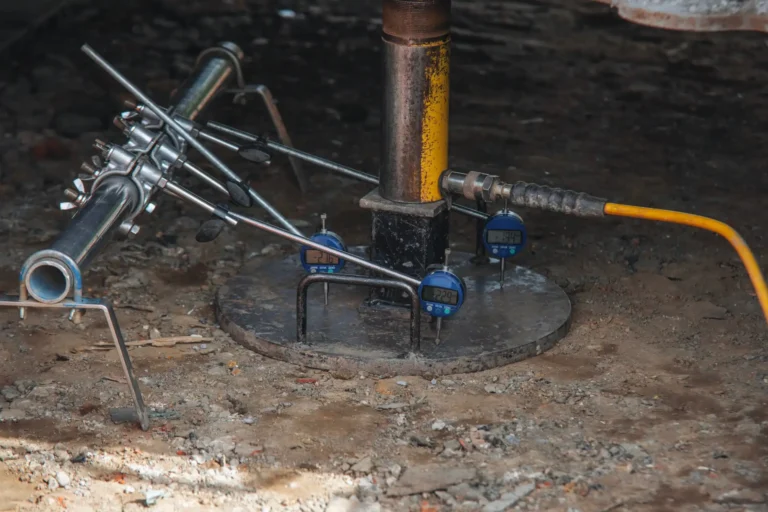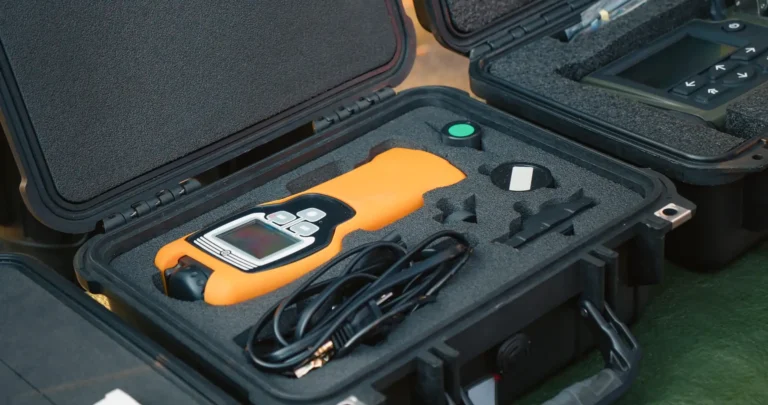A “brownfield site,” as defined by the EPA, is a property of which the expansion, redevelopment, or reuse of may be complicated by the presence or potential presence of a hazardous substance, pollutant, or contaminant.
In order to understand Brownfield redevelopments, it’s beneficial to understand commercial real estate transactions and the inherent risks associated with property purchases and redevelopment of contaminated sites.
Typically, prospective buyers are given a Due Diligence period to investigate the property in question and evaluate the risks associated with the proposed development or reuse. During the Due Diligence period, buyers may perform engineering testing (Geotechnical investigations), natural resources reviews (Wetlands, Threatened & Endangered Species) and Environmental surveys (Phase I Environmental Site Assessments, Phase II Environmental Site Assessments).
For example, suppose geotechnical testing indicates that the soil is not structurally sound enough for the proposed development. In that case, the development may require much more expensive foundation systems making the development financially unfeasible. In addition to financial liabilities that may be discovered through Due Diligence, the presence of soil contamination represents regulatory liabilities and risks to the property buyer.
Questions that might arise after such a discovery include:
- What will the future owners’ responsibilities be?
- Is the buyer inheriting a costly cleanup?
- How would this affect future property transactions? (Many developments are sold within two years of development completion.)
Potential buyer groups may include investors and lenders with low-risk tolerances, making future transactions related to the property difficult.
Brownfields, or more specifically, the word “Brownfields,” was first introduced by the EPA in the 1990s. Since then, Brownfield Laws have been passed and ratified by Congress.
The EPA Brownfields program is a federal program often operated by state regulatory agencies. It is designed to give the states flexibility by breaking down the barriers of redevelopment on previously unusable.
With respect to commercial real estate, the Brownfields Program reduces the purchasers’ financial and regulatory risks and liabilities by providing civil protections to the buyer, thereby reducing the inherent risk of purchasing a contaminated property. The release of liability related to the contamination is transferable to future buyers, reducing the financial risks and environmental complications associated with the property. Of course, to receive this release of liability, the buyer must participate in the program and successfully complete each step the regulatory authority outlines (assessment, source remediation, vapor mitigation, etc.)
Once finished, a legal Brownfields Agreement (BFA) closes any pre-existing, open, regulatory violations and reduces previous regulatory burdens associated with the property that may scare away buyers with a low-risk tolerance.
Risk-Based Vs. Cleanup
Brownfield Programs are risk-based programs focused on mitigating environmental risks through controls like Land-Use Restrictions, which are attached to the property’s Deed rather than full environmental remediation and cleanup.
Contaminated soil, for example, is mitigated by covering it with asphalt parking; a No Water Supply Well restriction mitigates groundwater; and state-approved Vapor Mitigation is required for Soil Gas.
Alternatively, a cleanup program requires remediation of the contamination to “Clean” standards, which can take decades and millions of dollars to achieve. Considering this, the Brownfields Program is a much more desirable route for a purchaser.
After completing a redevelopment project in the Brownfields program, many states issue a BFA, executed by the state regulatory agency and owner, including an EPA-backed “Consent Not to Sue” document. This liability protection is transferable to future purchasers and requires the Deed restrictions to be maintained into perpetuity or risk revocation of the liability protections established in the BFA.
What is the cost of entering a property into a Brownfields program?
The cost of having a redevelopment project in the Brownfields Program can vary from state to state. Many states require application fees ranging from $8,000 to $30,000. In addition, assessment costs, vapor mitigation costs, future stewardship costs (annual sampling, vapor mitigation, etc), and legal fees can add up to an additional $500,000 in fees that the developer/owner of the property might incur over normal/clean property transactions.
Brownfield Program costs can frequently be recaptured when negotiating the purchase price of an underutilized or idle contaminated site. Another incentive for developers/owners to purchase and repurpose brownfields are the tax incentives, deferments, abatements, and credits some states allow for new investments in the property. Lastly, the EPA does offer some grant funds to assist in the redevelopment. Generally, a developer/owner can realize the Brownfields Program costs within the first year following project completion.
The Brownfields Program provides a tool for the redevelopment of impaired properties by lowering the inherent risks of owning contaminated property for current and future owners without requiring remediation to existing cleanup standards.
